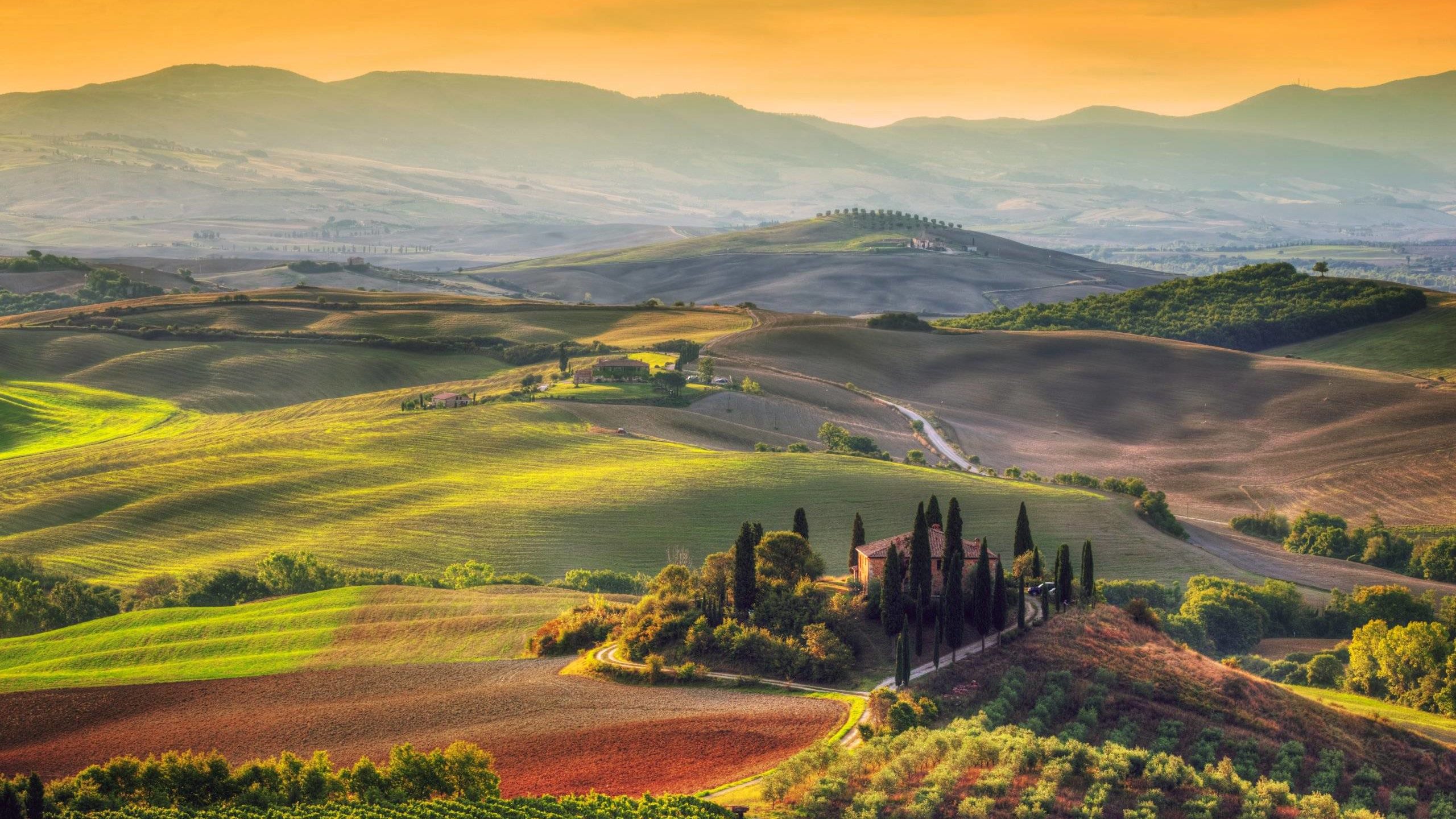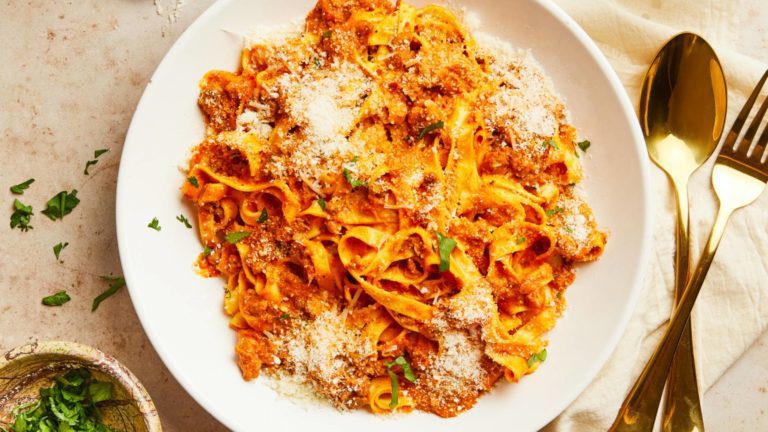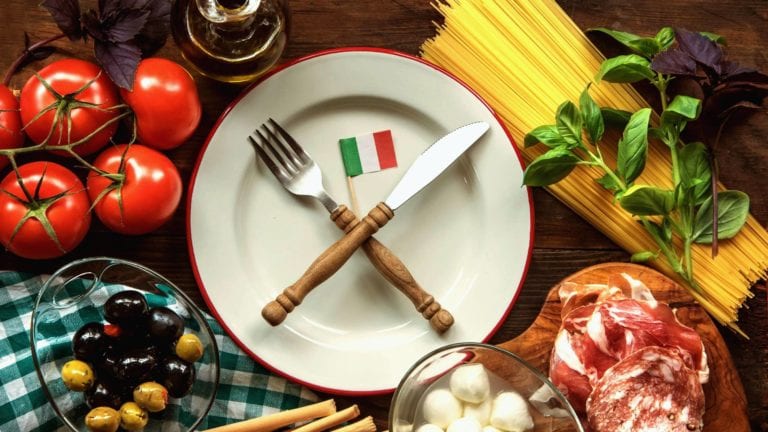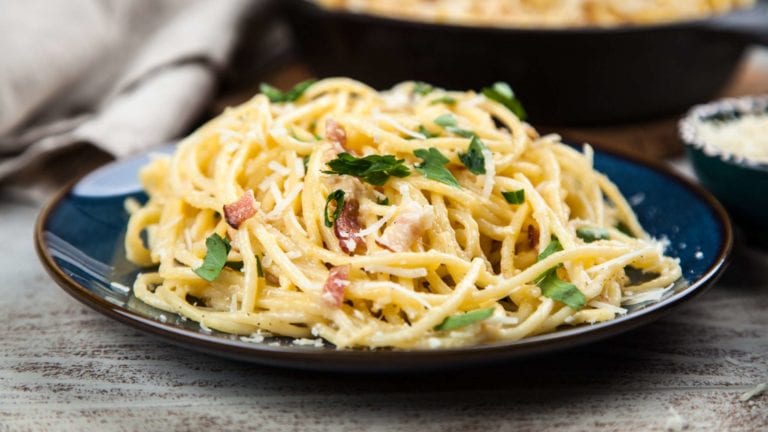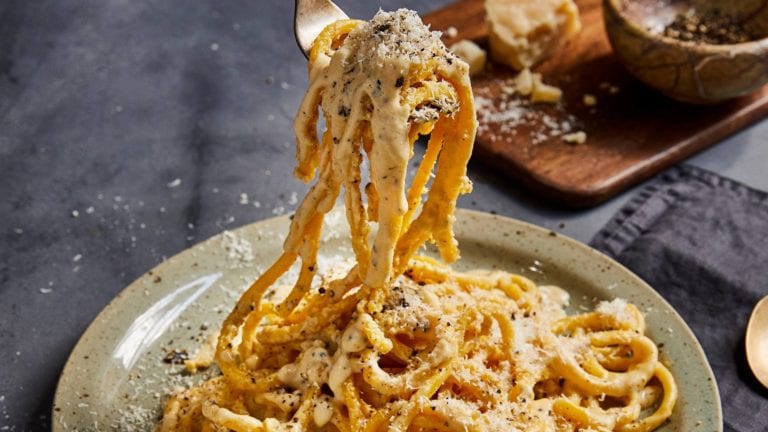No country comes close to Italy when totting up the number of indigenous grape varieties, and as the UK market has a growing importance for authenticity in wine, Italy’s wealth of unique options is enjoying the spotlight more and more.
Naturally, with so many vine varieties to choose from, Italy has a hugely diverse portfolio of wine styles. And this is also where famous Italian cuisine comes in. The relationship between wine production and local cuisine has been tweaked to perfection on its journey through countless generations. Today, all we have to do is jump on a budget airline jet and we can benefit from hundreds of years’ worth of culinary fine tuning with the ultimate wine style to match.
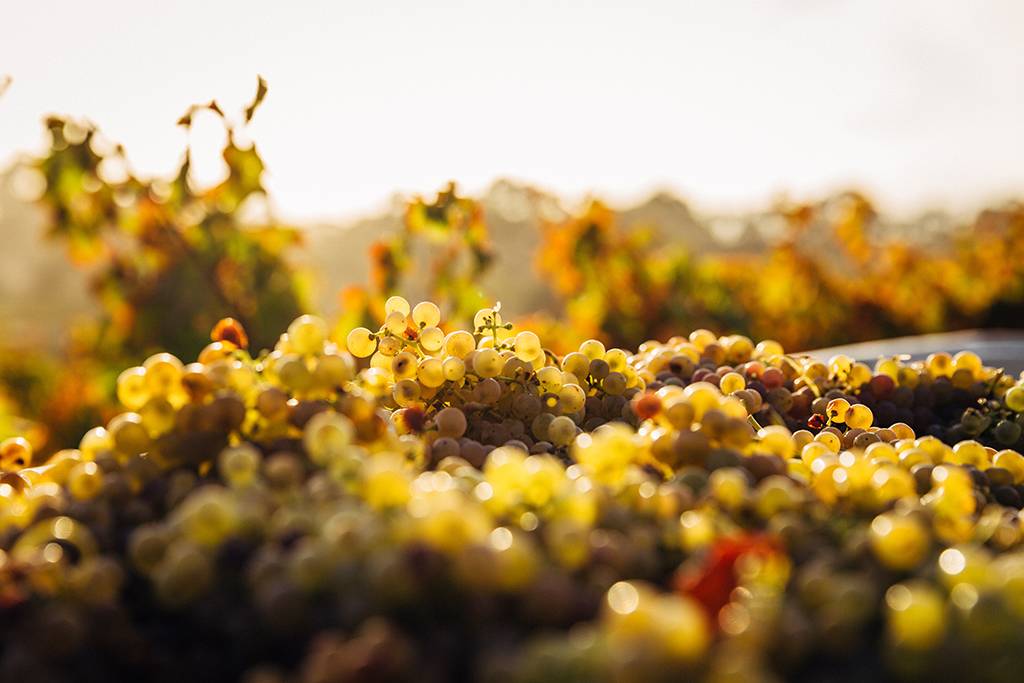
The North
Piedmont is famous for truffles, dominating menus from the autumn, and its most prestigious red wines – Barolo and Barbaresco – develop a similar earthiness with age when given the cellaring they really deserve.
At the eastern end of the northern strip, Veneto boasts a huge variety of wine styles ranging from the clean and crisp Soave, the UK’s favourite fizz, Prosecco, and Valpolicella. The latter is quite unique in that it has three key red wine styles – a light and bright acid-driven red at one end, the big bruiser Amarone made from dried grapes at the other, and ripasso somewhere between the two. The weight and sweetness of Amarone is a superb evening meal red that goes amazingly well with the local hard cheeses, not least Parmigiano Reggiano.
A little further south sits Emilia-Romagna, the beating heart of culinary Italy, and the home of balsamic vinegar – Modena. One of its most well-known wines is Lambrusco. Some of us will have unfortunate memories of the cheap sweet stuff of old but there is now serious quality making its way to the UK. Some of the reds with varying levels of fizz and sweetness can show balsamic aromatics, pairing up perfectly with the many local dishes that use balsamic as a core of food preparation.
The Middle
Tuscany draws the crowds for good reason. Beautiful rolling hills, more attractive architecture than you can shake a stick at, and top notch food and wine. Sangiovese is the region’s flagship grape variety, not least the Sangiovese of Chianti. Bright red cherry and violets in youth, meaty and leathery with age. Look no further than Bistecca alla Fiorentina – a thick slab of local T-bone beef flashed over hot coals – the natural acidity of Sangiovese cuts right through the rendered fat with ease.
Campania, south of Naples, has really interesting varieties too. Falanghina, a white grape, has roundness and body with stone fruit aromas but a mineral freshness on the palate thanks to the volcanic soils. Mozzarella is very famous down here, adding a creaminess to many salads that Falanghina just loves.
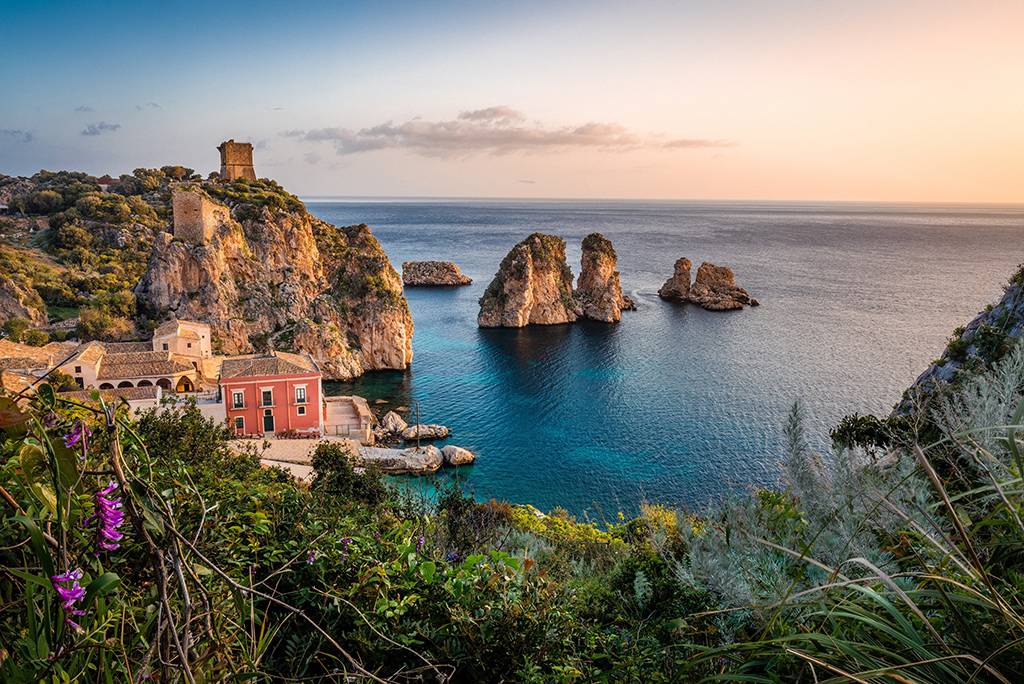
The South
Negroamaro of Puglia produces structured red wines with firm tannins but also lively acidity. Challenging to drink without food, but absolutely spot on with local lamb, courgettes and aubergine, all cooked on the grill where the char marries with the natural smokiness of the Negroamaro.
The southernmost part of Italy, the island of Sicily, puts its own stamp on food and wine. For all the country’s fine cuisine, sometimes you just can’t beat a deep-fried ball of rice. Arancini, the famous snack of Palermo, comes with an array of fillings, not least the salty sea urchin that goes amazingly well with a similarly salty Grillo from coastal vineyards.

